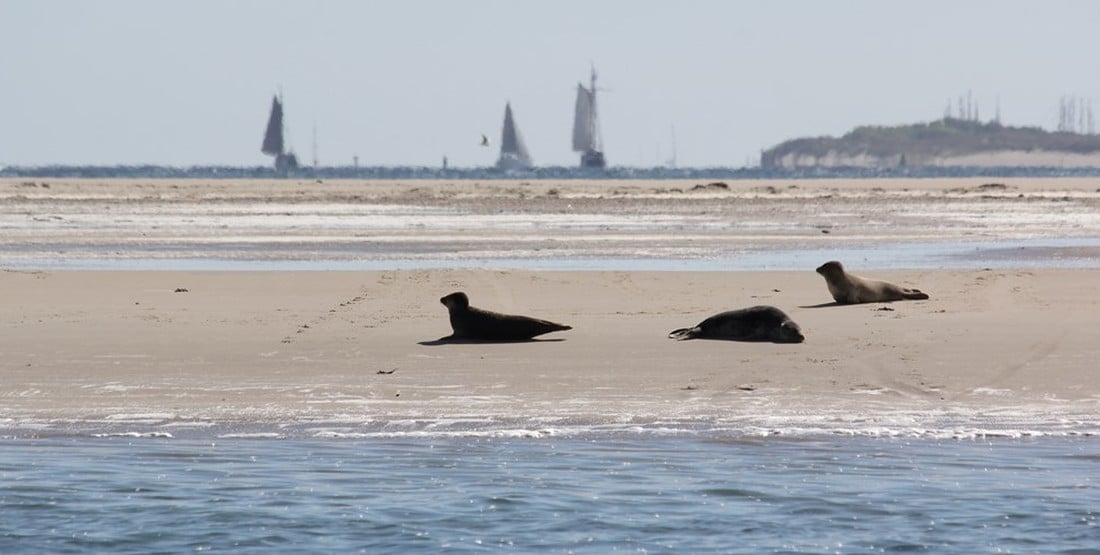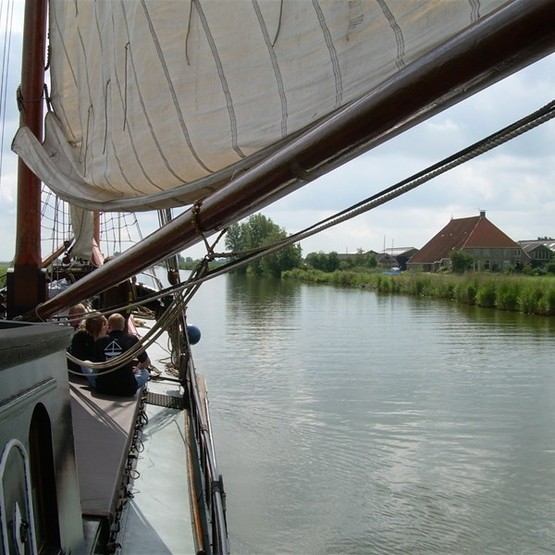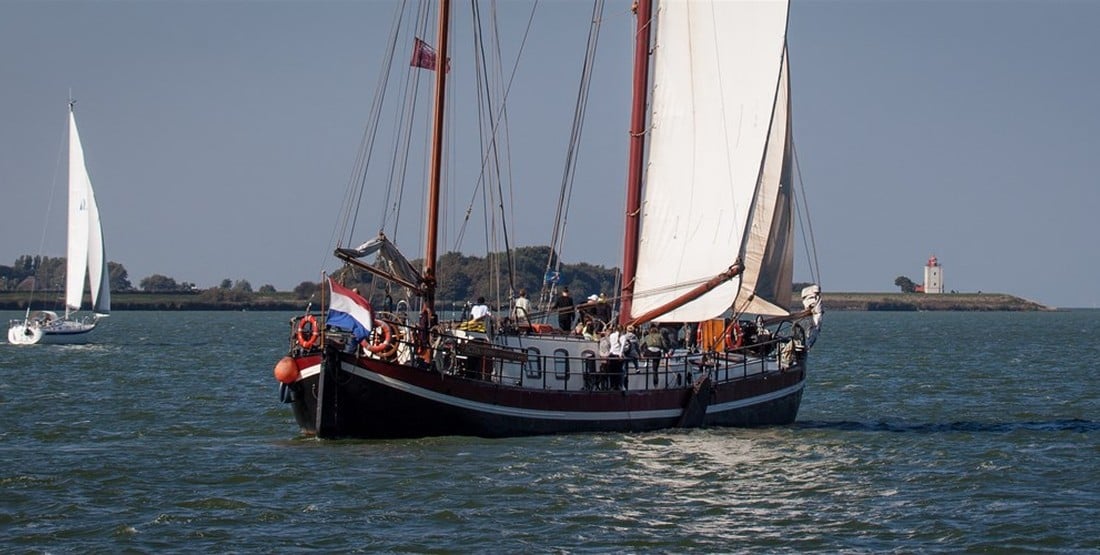
About
Around 1230 Giethoorn was founded by refugees who came from the Mediterranean. These first inhabitants encountered real masses of horns from wild goats, probably drowned in 1170 during the St. Elisabeth flood. They called their settlement 'Geytenhoren' [goat horn]. Later, this name became 'Geythorn', which later became 'Giethoorn'.
Discovering sailing areas
View allGiethoorn
Around 1230 Giethoorn was founded by refugees who came from the Mediterranean. These first inhabitants encountered real masses of horns from wild goats, probably drowned in 1170 during the St. Elisabeth flood. They called their settlement 'Geytenhoren' [goat horn]. Later, this name became 'Geythorn', which later became 'Giethoorn'.
Peat Extraction
The characteristic of this village finds its origin in the peat extraction. The peat tombs fetched the peat from the soil in the most favorable places, mixed it in a mixing pail and threw it into the countryside to dry. Subsequently, the peat was stung out of it. The peat extraction created ponds and lakes. In order to transport the peat, channels and ditches were dug. Many houses are therefore practically built on small islands, which can only be reached via the characteristic small bridges. There are many peat-digger houses here - old farmhouses from the 18th and 19th centuries, hidden between trees and wooden bridges. Of course, these are best viewed on a boat trip.
Touristic and peaceful
Compared to the hectic, crowded Randstad, staying in the village is a real treat. No noise from commercial areas, trams, trains or buses - at most from a small motorboat in the canal, a cricket in the grass or a swan defending its nest. Even in the wider area there is no horizon pollution or crowds. Compared to tours in Amsterdam, Rotterdam, Leiden, Arnhem, Zuidlaren and Zaanse Schans, this is the most beautiful tour of the country: the small bridges, the gardens, the surroundings - you should definitely have seen this. You are welcome in the Dutch Venice!


